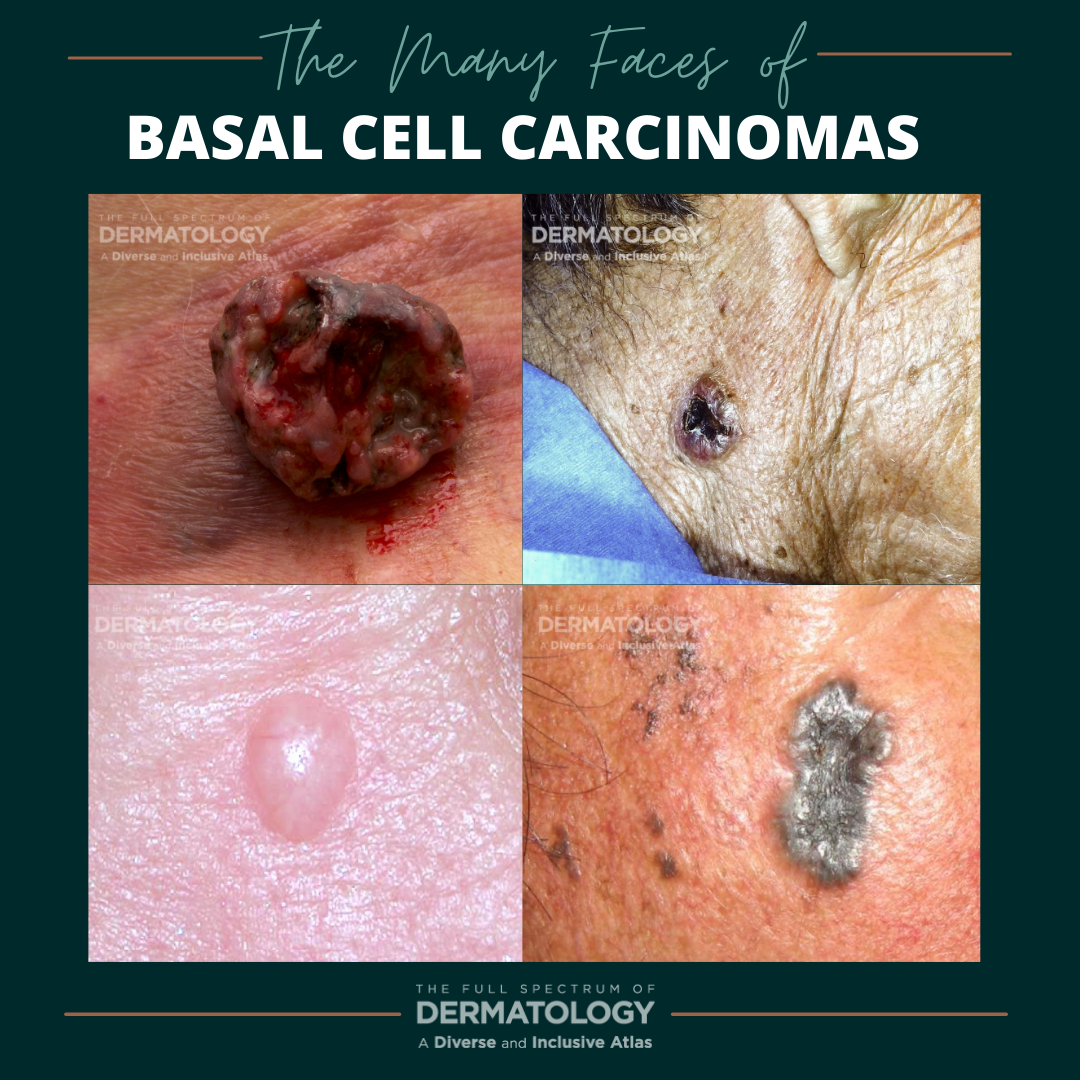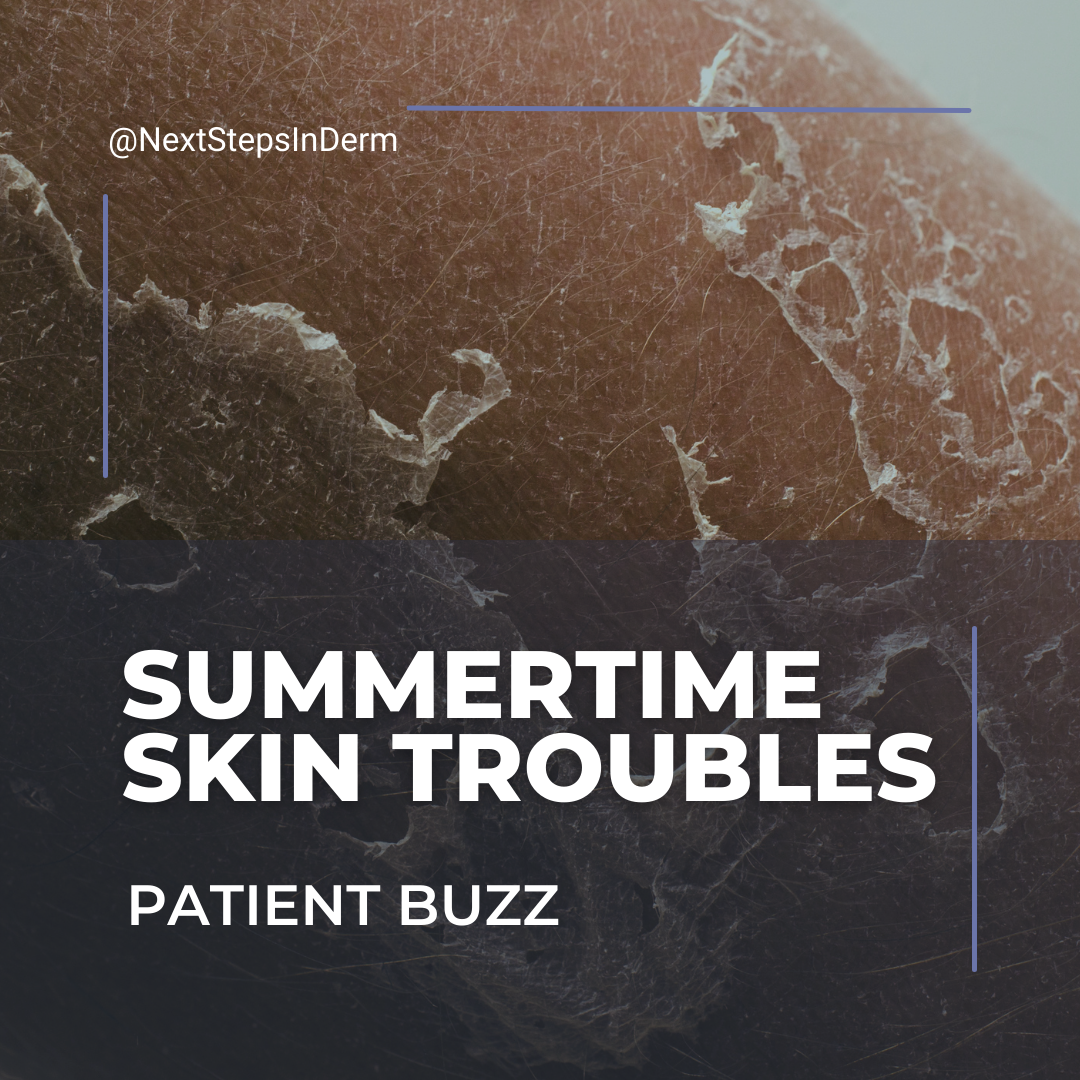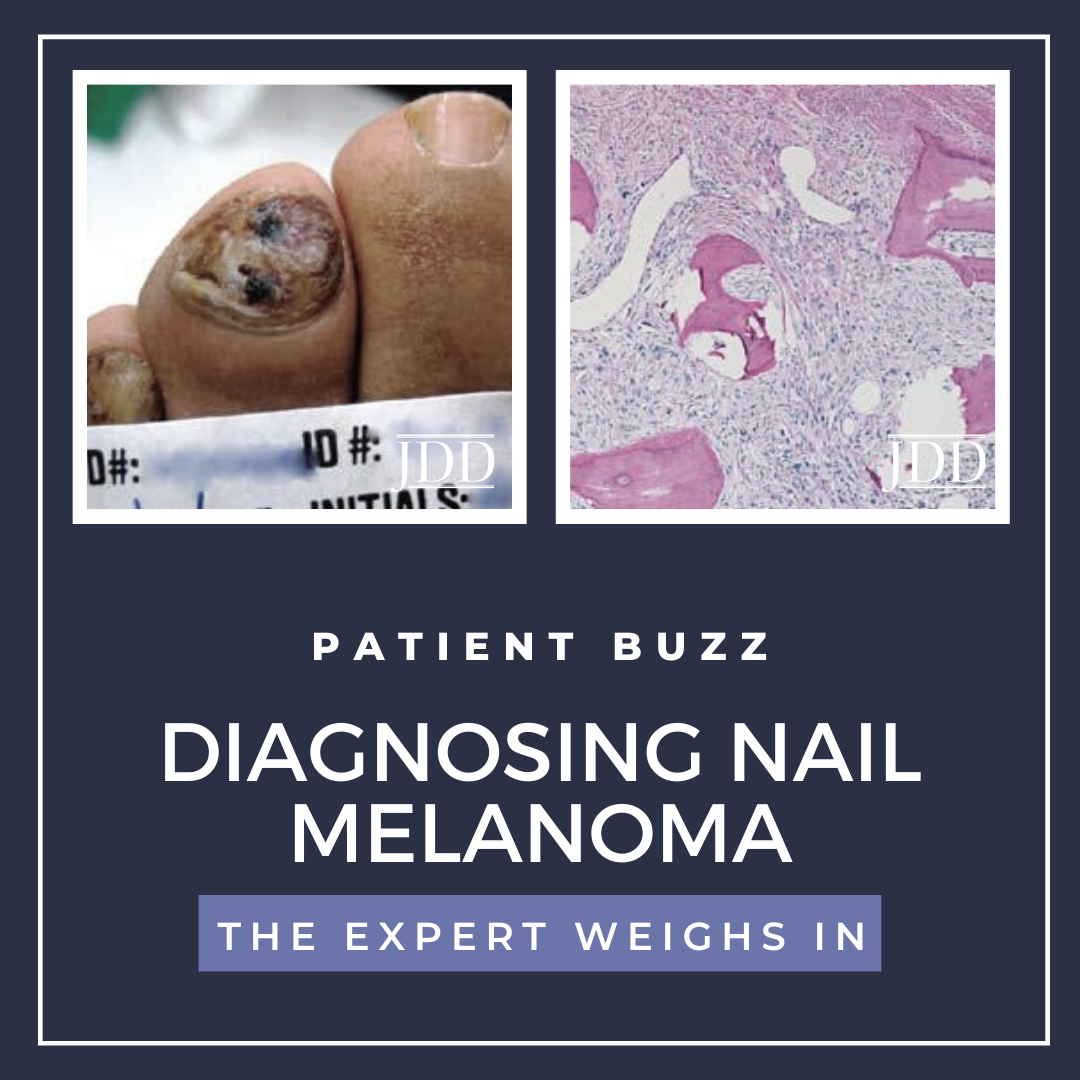Patient Buzz Series: “Jello Skin” and Other Trends
 “Jello Skin” is a term that dermatology patients – especially TikTok-using patients – may use in their next office visit. A facialist coined the term when describing glowing, bouncy skin with a lot of collagen similar to Jell-O gelatin.
Are you up-to-date on the latest developments and trends in dermatology? Peruse this list of articles in the consumer press and learn about everything fro …
“Jello Skin” is a term that dermatology patients – especially TikTok-using patients – may use in their next office visit. A facialist coined the term when describing glowing, bouncy skin with a lot of collagen similar to Jell-O gelatin.
Are you up-to-date on the latest developments and trends in dermatology? Peruse this list of articles in the consumer press and learn about everything fro …
 “Jello Skin” is a term that dermatology patients – especially TikTok-using patients – may use in their next office visit. A facialist coined the term when describing glowing, bouncy skin with a lot of collagen similar to Jell-O gelatin.
Are you up-to-date on the latest developments and trends in dermatology? Peruse this list of articles in the consumer press and learn about everything fro …
“Jello Skin” is a term that dermatology patients – especially TikTok-using patients – may use in their next office visit. A facialist coined the term when describing glowing, bouncy skin with a lot of collagen similar to Jell-O gelatin.
Are you up-to-date on the latest developments and trends in dermatology? Peruse this list of articles in the consumer press and learn about everything fro … Continue reading "Patient Buzz Series: “Jello Skin” and Other Trends"


 Our new series, “The Many Faces of”, showcases side-by-side images of some of the most commonly seen dermatology conditions in an array of skin tones and briefly highlight nuances in clinical presentation. All images featured in the series are part of The Full Spectrum of Dermatology: A Diverse and Inclusive Atlas, a resource developed by co-editors Misty Eleryan, MD, MS, and Adam Friedman, …
Our new series, “The Many Faces of”, showcases side-by-side images of some of the most commonly seen dermatology conditions in an array of skin tones and briefly highlight nuances in clinical presentation. All images featured in the series are part of The Full Spectrum of Dermatology: A Diverse and Inclusive Atlas, a resource developed by co-editors Misty Eleryan, MD, MS, and Adam Friedman, …  More daylight and warmer temperatures can lead to skin issues, and this month’s Patient Buzz includes articles about several summertime skin troubles, including heat rash, sun allergy and sunburn blisters. In addition, several articles addressed sunscreen, including the myth that sunscreen causes skin cancer.
Be ready for your patients’ summertime skincare questions by reviewing this list o …
More daylight and warmer temperatures can lead to skin issues, and this month’s Patient Buzz includes articles about several summertime skin troubles, including heat rash, sun allergy and sunburn blisters. In addition, several articles addressed sunscreen, including the myth that sunscreen causes skin cancer.
Be ready for your patients’ summertime skincare questions by reviewing this list o …  Admittedly, it took me a while to get over the fear of an artificial intelligence (AI) “apocalypse”, which likely developed after my older brother forced me to repeatedly watch “The Terminator” at the tender age of seven. Through an extensive dive into the literature and numerous lectures by Dr. Vishal A. Patel, I’ve since realized the applicability and patient benefit of AI in dermatolo …
Admittedly, it took me a while to get over the fear of an artificial intelligence (AI) “apocalypse”, which likely developed after my older brother forced me to repeatedly watch “The Terminator” at the tender age of seven. Through an extensive dive into the literature and numerous lectures by Dr. Vishal A. Patel, I’ve since realized the applicability and patient benefit of AI in dermatolo …  TODAY.com recently posted an article about one woman's experience with subungual melanoma, which was initially diagnosed as a mole. What are some common mimics to nail melanoma that could result in a missed diagnosis, and when should a dermatologist perform a nail biopsy?
For expert advice, I reached out to Shari Lipner, MD, PhD, associate professor of clinical dermatology and director of t …
TODAY.com recently posted an article about one woman's experience with subungual melanoma, which was initially diagnosed as a mole. What are some common mimics to nail melanoma that could result in a missed diagnosis, and when should a dermatologist perform a nail biopsy?
For expert advice, I reached out to Shari Lipner, MD, PhD, associate professor of clinical dermatology and director of t …